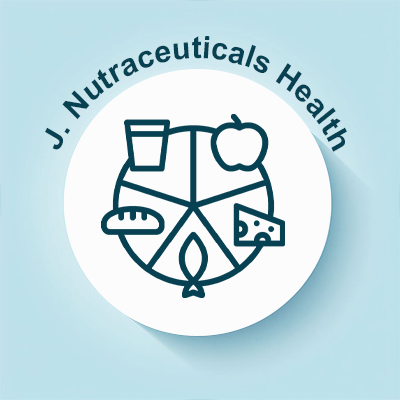
Journal of Nutraceuticals and Health
OPEN ACCESS

OPEN ACCESS

1Department of Pharmacognosy and Pharmaceutical Botany, Faculty of Pharmaceutical Sciences, Prince of Songkla University, Hat Yai, Thailand
2Faculty of Medical Technology, Prince of Songkla University, Hat Yai, Thailand
3Department of Biochemistry, Faculty of Science, Prince of Songkla University, Hat Yai, Thailand
4Phytomedicine and Pharmaceutical Biotechnology Excellence Center, Faculty of Pharmaceutical Sciences, Prince of Songkla University, Hat Yai, Thailand
Background: To determine the osteoclastogenesis inhibitory effect and inside mechanisms of a curcuminoids-rich extract (CRE) and three water-soluble CREs, namely CRE-SD (CRE in solid dispersion form), CRE-Bin (CRE binary complex with hydroxypropyl-Î-cyclodextrin), and CRE-Ter (CRE ternary complex with hydroxypropyl-Î-cyclodextrin and polyvinylpyrrolidone K30), as well as curcumin (Cu), bisdemethoxycurcumin (Bis), and demethoxycurcumin (De).
Methods: TRAP (tartrate-resistant acid phosphatase) and acid phosphatase assays were used to confirm osteoclastogenesis. MTT [(3-(4,5-dimethylthiazol-2-yl)-2,5-diphenyltetrazolium bromide, a tetrazole] and LDH (lactate dehydrogenase) assays were performed to evaluate cell viability and cell cytotoxicity, respectively. Mechanisms of action and signaling pathways were explored using Western blot analysis. Bone degradation was measured using a bone pit and fluorescein assays.
1Department of Pharmacognosy and Pharmaceutical Botany, Faculty of Pharmaceutical Sciences, Prince of Songkla University, Hat Yai, Thailand
2Faculty of Medical Technology, Prince of Songkla University, Hat Yai, Thailand
3Department of Biochemistry, Faculty of Science, Prince of Songkla University, Hat Yai, Thailand
4Phytomedicine and Pharmaceutical Biotechnology Excellence Center, Faculty of Pharmaceutical Sciences, Prince of Songkla University, Hat Yai, Thailand